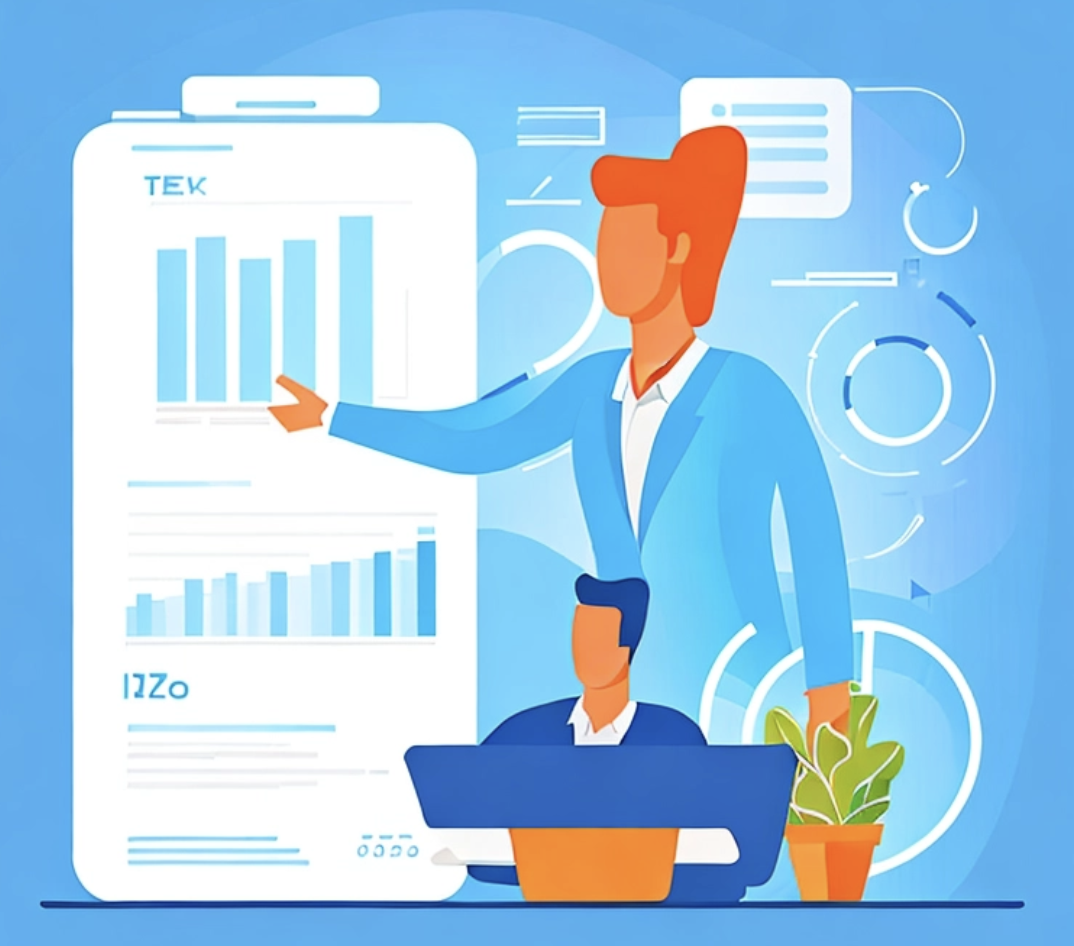
What SKAN 4 Means for Your LTV Strategy
Learn about the latest updates in SKAN 4 that can help you improve your LTV measurement models and make better user acquisition decisions.

Apple's SKAdNetwork is a framework introduced in 2018 that enables advertisers to measure the effectiveness of their campaigns on the iOS platform while maintaining user privacy by limiting the amount of data shared. It has shaped the mobile industry by providing a more privacy-focused advertising solution, becoming a key player in the mobile advertising ecosystem, and influencing how advertisers to measure, attribute and optimize their campaigns on the iOS platform.
As the mobile advertising landscape continues to evolve, understanding and optimizing for your users' lifetime value (LTV) has become increasingly important – and more complex. With the recent release of Apple's SKAN 4, the industry is buzzing with questions about how these changes will further impact mobile advertising and LTV measurement. However, this latest update brings not only more layers to Apple's privacy framework but also new opportunities to capture more data points.
In this blog, we will delve into the most significant updates in SKAN 4. As you will discover, making the most of these features will be crucial in building LTV measurement models to better forecast future value across cohorts and make confident User Acquisition decisions.
First, let’s unpack a few key SKAN 4 features related to LTV.
Crowd Anonymity
Value Capture on Granular Data to Drive LTVs
The introduction of Crowd Anonymity in SKAN 4 presents an opportunity to understand and measure LTV across campaigns. In the past, little to no visibility existed for a cohort of users that did not meet privacy thresholds. While these thresholds still need to be met, SKAN 4 has opened the doors to a new level of granularity while still maintaining user anonymity.
How does this work?
Publishers will now receive Source IDs (previously known as Campaign IDs) that contain up to four digits of information about the campaign, location, and creative placement. However, there’s a catch - you can only receive all four digits if Apple deems that the requirements of crowd anonymity are satisfied. If so, the four digits can only be sent back in the first postback (measuring user activity from 0-48 hours).

Key Strategy:
By capturing a high number of installs within a campaign and receiving more granular data across location and placement information, marketers can identify trends & patterns for their iOS users. The additional data will, in return, help optimize campaign performance and provide insights into LTV measurement.
Longer, Additional Postbacks
More Opportunities to Capture Revenue Data
One of the more exciting developments with SKAN 4 is the addition of 2 new postbacks. Previous SKAN versions only allowed for one postback, which limited the ability to capture more event data down-funnel. These three postbacks will capture user activity within its allocated time if the user was active during this time and there are sufficient installs within the campaign to ensure crowd anonymity.

The first postback has potential to provide the most information as it pertains to revenue; it’s the only postback that can pass back a fine-course conversion value. Fine-course data can identify creative-related data to location. More granular data can be useful for understanding the effectiveness of different advertising campaigns and making data-driven decisions about how to 1) further refine campaign optimizations and 2) where to allocate the advertising budget to maximize LTV.
Advertisers can also receive coarse-grain conversion values across the later two postbacks. Coarse grain only has 3 possible values (low, medium, and high) that can map to either in-app events or revenue. Mapping these values to a revenue event will be especially useful when thinking about how to identify and increase potential LTV across SKAN users. However, it’s important to note that these postbacks cannot be tied to one user.
Key Strategy:
1st Postback: Identify if the creative and location data from a 4-course source ID highly correlates with player retention and ad revenue.
2nd & 3rd Postbacks: Lower funnel actions that could relate to LTV measurement may now be triggered through these postbacks. Reviewing your current SKAN set-up will allow you to identify these once-forgotten events and identify which ones you’d like to now map to low, medium, or high course-grain values.
Lockable Postbacks
Identify key points in your LTV strategy
Under SKAN 4’s “lockWindow”, you can lock the postback within its time frame to receive the postback sooner. This locking mechanism can be handy if receiving certain in-app events earlier is helpful to optimize your campaigns towards LTV. It’s important to note that even though you can lock in a postback earlier, there’s still a random delay in when the postback will actually be received.

Key Strategy:
Identifying key events within the user journey that correlate to higher LTV will enable you to devise a strategy to capture the right data earlier, allowing you to mark up on LTV optimization.
Setting Up For Success With SKAN 4
While SKAN 4 was released in October of 2022, it’ll be a few more months before we see full adoption of the new release across ad networks and app developers (similar to what we’ve seen with previous SKAN releases).
The good news? You’ll have some time to set up your LTV strategy for success under these SKAN 4-specific features. While getting accurate LTV for SKAN users will still be challenging, you’ll have more data and flexibility than SKAN 3.
To learn more about LTV Strategies and LTV Forecasting, contact us here!











